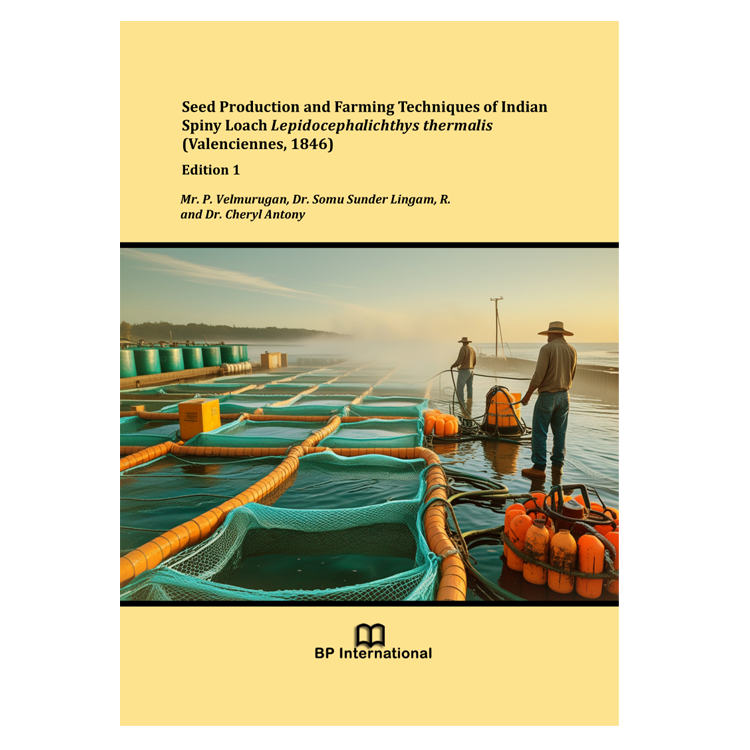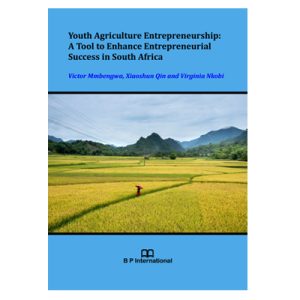Globally, freshwater fish comprise approximately 13,000 species and 2513 genera, including both exclusive freshwater species and peripheral species. Freshwater habitats cover only about 1% of the earth’s surface. The distribution of exclusive freshwater species varies across biogeographical regions, with 4,035 species in the Neotropical region, 2,938 in the Afrotropical region, 2,345 in the Oriental region, 1,844 in the Nearctic region and 261 species in the Australian region (Leveque et al., 2008). China hosts 1,651 freshwater fish species, of which 1,034 are endemic (He et al., 2020). Bangladesh has 265 recorded freshwater fish species. India is rich in flora and fauna and is one of the most biodiverse countries in the world. The country is also blessed with a freshwater fishery with 877 species with 450 small indigenous fish species (SIFS). India is one of the most dynamic countries in aquaculture, with special emphasis on carp fish farming, making it the second largest aquaculture producer. Despite, the abundance of freshwater fishery resources, India’s aquaculture production mainly depends on carp species. Around 34 carp species are economically significant and are primarily produced through capture fisheries. However, less than 10 carp species are produced through both capture and culture fisheries. The Indian major carp (IMC) contributes 60% of total carp production. To further species diversification in aquaculture, there is a need to explore and develop culture and seed production techniques for additional freshwater fish species. The northeastern part of the country has the highest concentration of small indigenous fish species, followed by parts of the central Western Ghats. SIFS play an important role in food and livelihood as well as ornamental fish in aquaculture. Of these, L. thermalis, the common Indian spiny loach, has received increasing demand in the domestic market with prices of Rs. 1500-2000/- reported around the Tamil Nadu region. This species also has considerable potential in the international market for ornamental fish. The Indian loach is commonly found in clear, slow-flowing streams and adjacent stagnant waters, including rice paddies. The supply of wild-caught specimens of this species primarily meets local demand. However, increasing demand in local markets has led to uncontrolled fishing, resulting in heavy exploitation of small indigenous fishery resources in several regions. Unfortunately, little detailed data is available on the populations of loach species, including L. thermalis. The International Union for Conservation of Nature (IUCN) has classified the Indian spiny loach (Ayirai meen) as Least Concern (LC) meaning that it is not currently at significant risk of extinction. Nevertheless, the need for sustainable management practices is crucial to preserve these vital resources for future generations. Understanding the ecological and economic roles of species like the Indian spiny loach is essential for promoting biodiversity conservation and responsible aquaculture in India.
The constantly growing world population is contributing to land and water scarcity in many regions of the world. Primarily, the majority of freshwater resources are used for agriculture and industry. However, it is important to recognize that the aquaculture sector is entirely dependent on these water resources, even though it is an emerging industry. Innovative alternatives need to be explored to ensure sustainable production and growth in all sectors. The expansion of the aquaculture sector has led to practices such as intensification of farming, diversification of species and exploitation of water resources. By applying advanced breeding and seed production techniques, we can increase the population of different species in their natural ecosystems. In addition, the development of seed production and cultivation techniques can encourage the breeding of these species, ultimately lowering market prices for consumers and allowing farmers to increase their yields. In this context, we have embarked on research focusing on the Indian spiny loach, scientifically known as the Indian spiny loach. Our eight years of dedicated efforts have culminated in successful breeding and farming techniques for this species. Drawing on our extensive field experience and knowledge, we developed book chapters that provide comprehensive information on the distribution, collection methods, farming practices, seed production, nutritional quality, and economic aspects of Indian spiny loach.





